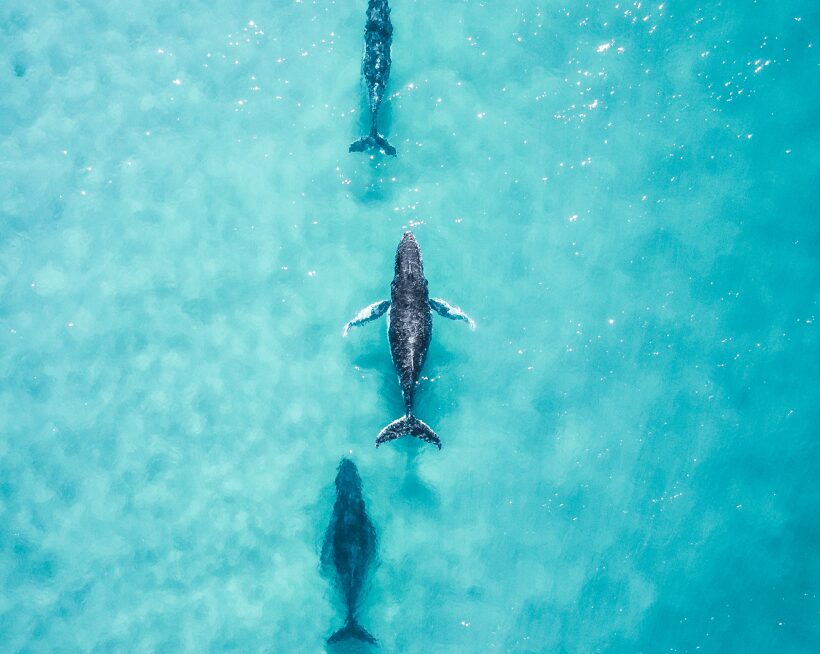The Noosa Biosphere Reserve is home to a variety of iconic marine species including dolphins and sharks as well as an important ‘humpback highway’ during the humpback whale annual migration.
The Blue Biosphere Project is a research initiative focused on the distribution, habitat use, and conservation of iconic marine species within the Noosa Biosphere Reserve. The project investigates habitat use by sharks, dolphins, marine turtles, and whales using drone surveys, passive acoustic monitoring, and Earth Observation remote sensing. It also evaluates the socio-economic contribution of these species to the region and examines human-wildlife interactions, including risks posed by shark control gear.
This project will provide critical baseline data to support sustainable marine management, conservation strategies, and the enhancement of Noosa’s UNESCO Biosphere values.




